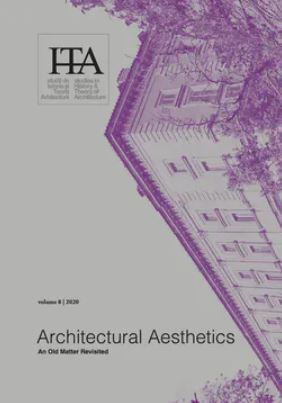Chinese Aesthetics and the Culture of Replica
Chinese Aesthetics and the Culture of Replica
Author(s): Deniz Balık LökçeSubject(s): Architecture, Visual Arts, Aesthetics, Sociology of Art
Published by: Universitatea de Arhitectură şi Urbanism »Ion Mincu«
Keywords: Chinese aesthetics; replica; copy; visuality; scenery; Beijing;
Summary/Abstract: This article traces how the culture of replica is situated within Chinese architecture, given that Chinese aesthetics stems from the coalescence of The Three Teachings of ancient Chinese philosophy. It develops a case for the replica and authenticity in architecture with a focus on the International Holiday Resort in Beijing, which consists of the Gŭběi Water Town and the Sīmătái Great Wall. Literature review reveals that the issue of replica in China has a wide range of topics such as reproducing traditional architecture, fabricating themed environments, and imitating Western architectural styles and iconic buildings. These discussions shed light on the change in the cultural and social construct, consumption habits, and image concerns by formulating concepts like innovative copy, new typology, reproduced authenticity, and reproductive copy industry. What this article explores is the coexistence of the replica and the authentic: Does the replica of an ancient town overwhelm or undermine the value and reception of the original fragment of the historical Great Wall, or does it reproduce reality, authenticity, illusion, and hyperreality? Conversely, does the historic relic discredit the lived experiences in the replica town, or does it help the reproduction of authenticity? In Chinese architecture, as this article argues, replica is used as an aesthetic concept and the delimitation of the replica and the authentic is a cultural and social construct. The structure of the article is defined under two main bodies. The first part dwells on how the case study is situated within Chinese aesthetics and replica culture, whereas the second part makes a critique based on its lived experience, since this place is produced and publicized primarily as an international touristic location.
Journal: sITA – studii de Istoria şi Teoria Arhitecturii
- Issue Year: 2020
- Issue No: 8
- Page Range: 229-244
- Page Count: 16
- Language: English

